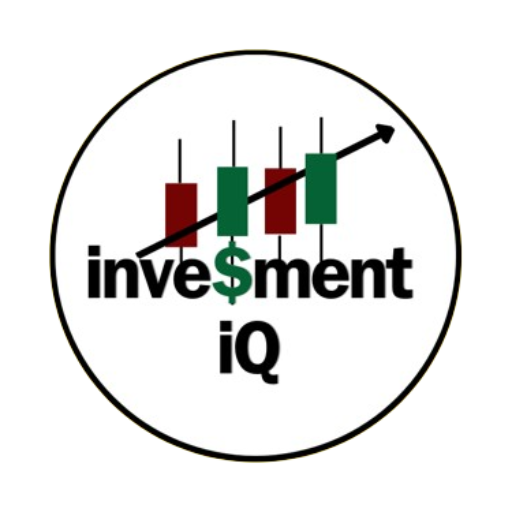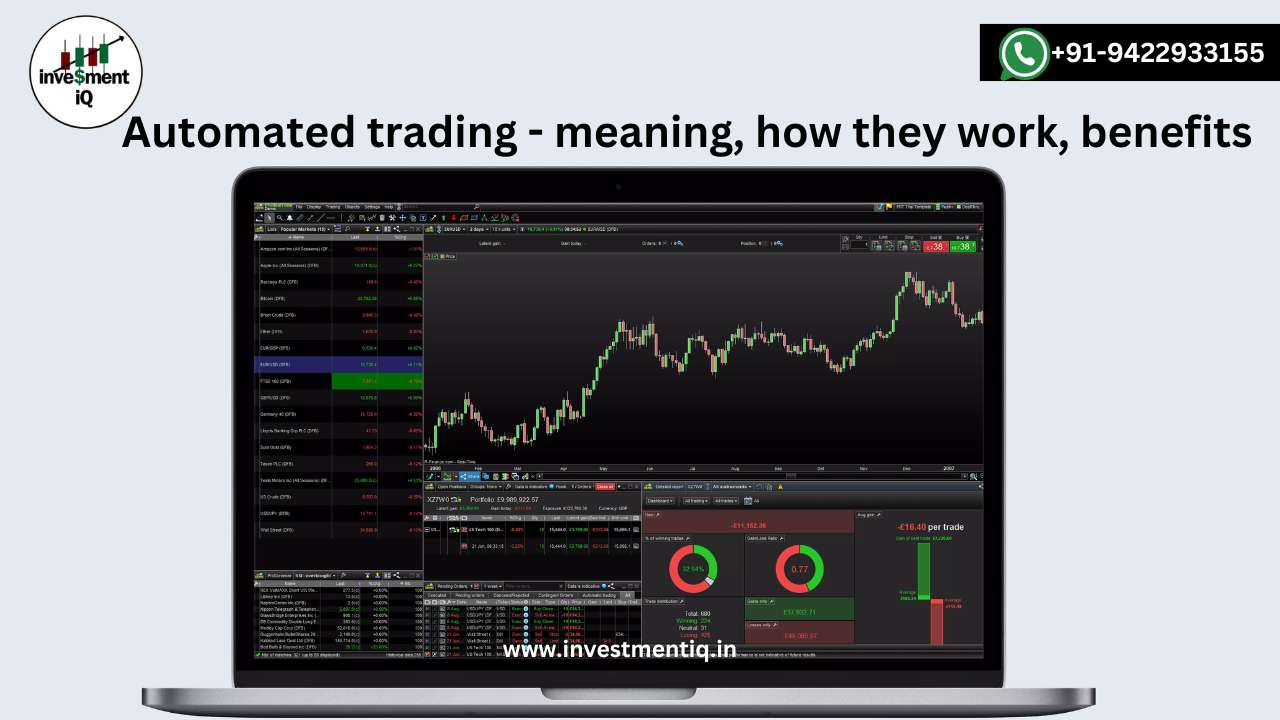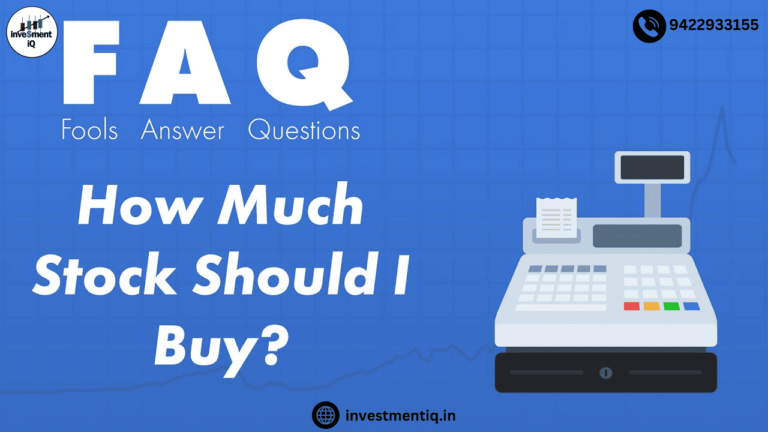Have you ever wondered how some traders make lightning-fast decisions in the stock market? The secret behind their speed and efficiency often lies in automated trading. This modern approach to trading has revolutionized the way investors interact with financial markets, offering a blend of technology and strategy that allows for more consistent and timely trades.
Automatic, algorithmic, or some traditional G is a method in which computer programs execute trades based on predetermined terms and conditions. It’s like a tireless assistant who monitors the markets 24/7, ready to act on your behalf whenever the time is right.
What is Automated Trading.
Automated trading is a method of buying and selling financial instruments automatically using computer programs. Instead of trading manually, you set up a system that follows specific rules for entering and exiting positions in different markets. Think of it as teaching you how to trade on your behalf, following your own designed strategies. This approach to trading uses algorithms, which are step-by-step instructions for the computer to follow. These algorithms can analyze market data, calculate probabilities, and execute trades faster than any human. The beauty of automated trading lies in its ability to remove emotional decision-making from the trading process and stick strictly to a predetermined strategy.
Automated trading systems can be programmed to work with a variety of financial instruments, including stocks, futures, and cryptocurrencies. They can work based on factors such as price movements, technical indicators or news events. The flexibility of these systems allows traders to implement complex strategies that would be challenging to execute manually.
How does automated trading work.
Automated trading uses computer programs to create orders and automatically submit them to a market center or exchange. The process begins with the trader setting a set of rules for trade entry and exit. These rules are then programmed into an automated trading system using a specific programming language or strategy-building platform.
Once the system is set up and operational, it monitors the markets in real time, and looks for opportunities that match predefined criteria. When these conditions are met, the system automatically executes the trade without the need for manual intervention. This can include market orders, limit orders, or even more complex multi-leg option strategies.
For example, suppose you programmed your system to buy 100 shares of a stock when its 50-day moving average rises above its 200-day moving average. The system will constantly monitor the price movements of the stock and when this specific situation is met, automatically place a buy order. Similarly, it can be programmed to sell when certain profit target is achieved or stop-loss level is reached.
The speed and efficiency of automated trading systems allow the execution of multiple trades simultaneously in different markets
The main components of an automated trading system
Automated trading systems have several important components that create a seamless trading experience. Understanding these components can help you understand the complexity and power of these systems:
- Strategy Developer: This is where traders create and refine their trading strategies. It often includes backtesting capabilities, allowing traders to test their strategy based on historical data before applying it to a live market.
- Execution Engine: The heart of the system, which is responsible for monitoring market conditions and executing trades based on predetermined rules. It must be fast and reliable to take advantage of fleeting market opportunities.
- Risk Management Module: This component helps to control the risk of the trading strategy by implementing features such as position size, stop-loss order and overall risk limit. Data feed: A reliable and low-latency data feed is important for obtaining real-time market information, which the system uses to make trading decisions. Broker Interface: This component connects the trading system to your broker’s platform, allowing seamless transmission of orders and receipt of trade confirmations.
- Performance Analyst: tracks the performance of your strategies, providing detailed reports and statistics to help you refine your approach over time. Monitoring and Warning System: This system monitors the overall health of the trading system and alerts you of any issues or unexpected behavior. Understanding these components can help traders better understand the complexity of automated trading systems, and make more informed decisions in choosing or developing their own systems.
Types of automated trading strategies.
Automated trading opens up a world of possibilities for implementing different trading strategies. Here are some of the popular types of automated trading strategies:
- Trend Following: The objective of this strategy is to gain advantage by taking advantage of the momentum of current market trends. The system can use indicators such as moving averages to identify and follow trends in any direction. Mean reversion: This strategy is based on the idea that prices and other market indicators tend to revert back to their long-term averages over time. It looks for extreme movements away from the historical average and trades on the expectation that the price will “return to the average.” “
- Arbitrage: This strategy tries to profit from the difference in the price of the same asset in different markets. The system quickly recognizes these opportunities and executes trades to take advantage of the price differences. Market making involves constantly quoting buy and sell prices for a financial instrument, which is expected to benefit from the bid-demand difference.
- Statistical arbitrage: A more complex form of arbitrage that involves trading based on perceived pricing inefficiencies between related securities.
- News-Based Trading: These systems analyze news feeds and execute trades based on the potential market impact of specific news events.
- Pair trading: This strategy involves taking long and short positions in two correlated instruments, when their price relationship deviates from historical norms. These strategies can be refined and adapted to suit individual trading goals and risk tolerance levels. The main thing is to understand and test any strategy well before implementing it in a live trading environment.
The advantages of automated trading
Automated trading offers several advantages, due to which it is becoming increasingly popular among retail and institutional traders:
● Emotion-Free Trading: One of the biggest challenges in trading is managing emotions. Automated systems execute trades based only on predetermined rules, thereby eliminating fear, greed, and other emotional factors that can lead to poor decision making.
● Consistency: Automated systems apply the same rules consistently across all trades. This consistency can be difficult to maintain when trading manually, especially during volatile market conditions.
● Speed and efficiency: Computers can analyze many markets and execute trades much faster than humans. This momentum can be important in taking advantage of short-term market opportunities.
● Diversification: Automated systems can monitor and trade multiple markets simultaneously, allowing for better trading strategies and risk diversification. Backtesting: Most automated trading platforms allow you to test your strategies on historical data before risking real money. This feature can help refine strategies and build confidence in their effectiveness.
● 24/7 Market Monitoring: Unlike humans, automated systems do not require sleep. They can monitor markets around the clock and execute trades, which is especially useful for markets that operate 24 hours a day, such as Forex.
● Lower transaction costs: Automated trading can potentially reduce the transaction costs associated with repeated buying and selling by eliminating human intervention.
● Better order entry speed: In fast-moving markets, every second counts. Automated systems can place orders immediately when trade criteria are met, potentially improving trade execution.
The Challenges and Risks of Automated Trading
Although automated trading offers many benefits, it is important to be aware of its challenges and potential risks:
● Over-optimization: There is a risk of creating trading systems that perform very well on historical data but fail in live trading. This is often due to over-fitting the strategy to past data, which may not reflect future market conditions.
● Technical failures: Automated trading relies heavily on technology. Problems such as internet connection problems, computer crashes, or power outages can disrupt trading and potentially cause significant losses. Monitoring Requirement: While automated systems can trade freely, they still require regular monitoring to ensure that they work correctly and adapt to changing market conditions. Market Anomalies: Unexpected events or extreme market conditions can cause automated systems to behave unpredictably, leading to the potential for large losses if not managed properly.
● Lack of human intuition: Although it can be beneficial to remove emotions from trading, at times human intuition and experience can be valuable in interpreting complex market situations.
● Initial costs: Developing or purchasing a reliable automated trading system can be expensive, and there can be ongoing costs for data feeds, system maintenance, and upgrades.
RegulatoryRisks: As automated trading becomes more prevalent, there is likely to be increased regulatory scrutiny and new regulations that can affect trading strategies.
Systemic Risk: In markets where automated trading is widespread, there is a risk that multiple systems reacting to the same signal may increase market activity, potentially leading to flash crashes or other market disruptions.
Conclusion:
Automated trading represents a significant leap forward in finance, providing powerful tools for traders to implement their strategies with precision and efficiency. By combining computer speed with carefully crafted trading rules, investors can potentially improve their trading performance while reducing the emotional burden often associated with manual trading.
However, it is important to proceed with a clear understanding of both the potential benefits and risks of automated trading. A blend of technical knowledge, market understanding and commitment to continuous learning and system refinement is essential for success in this field.
you may be interested in ths blog here:-
What is the Contrast Between Favored Stock and Normal Stock?
Day Trading Guide for August 7, 2024: Intraday supports, resistances for Nifty50 stocks




